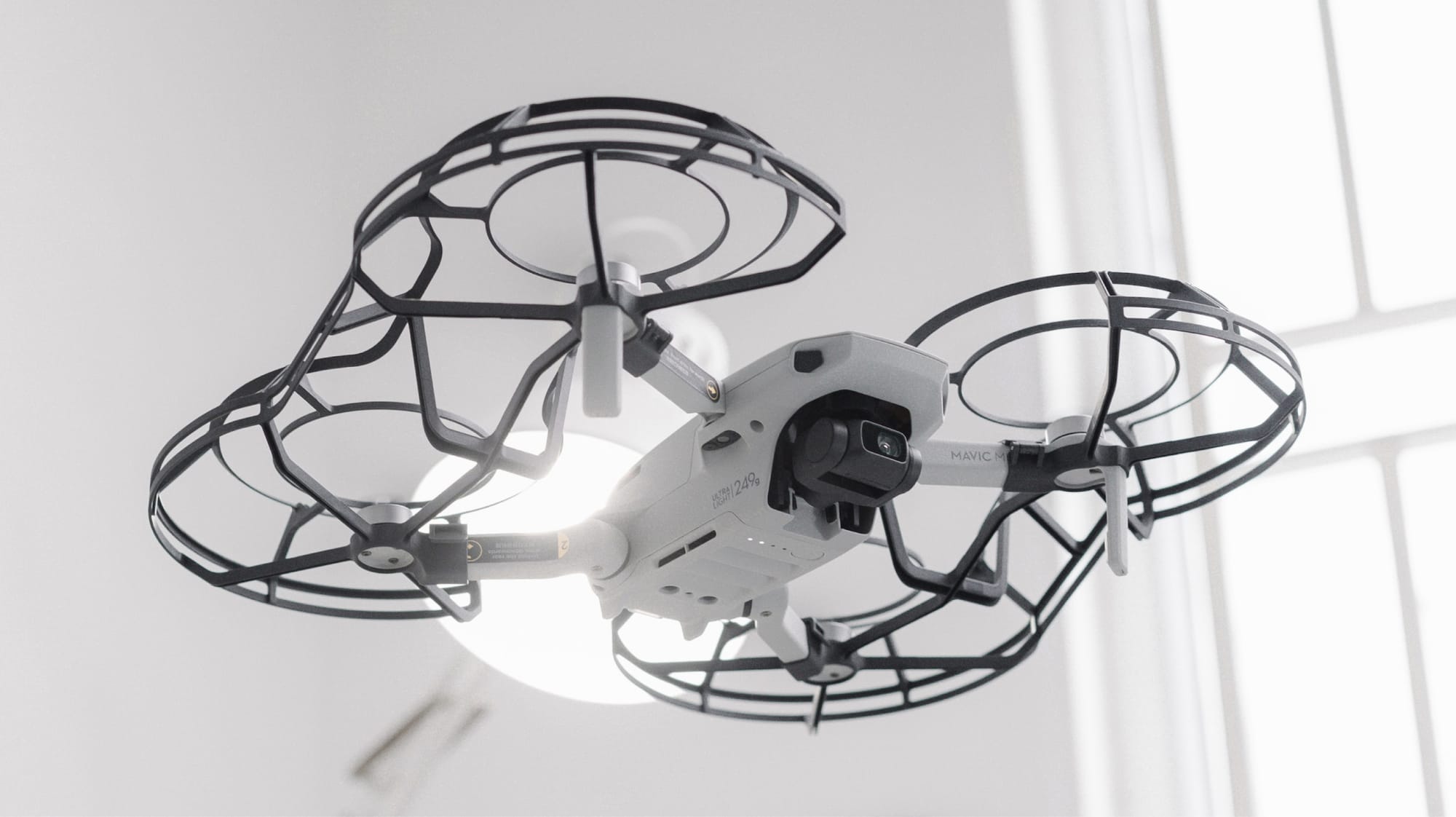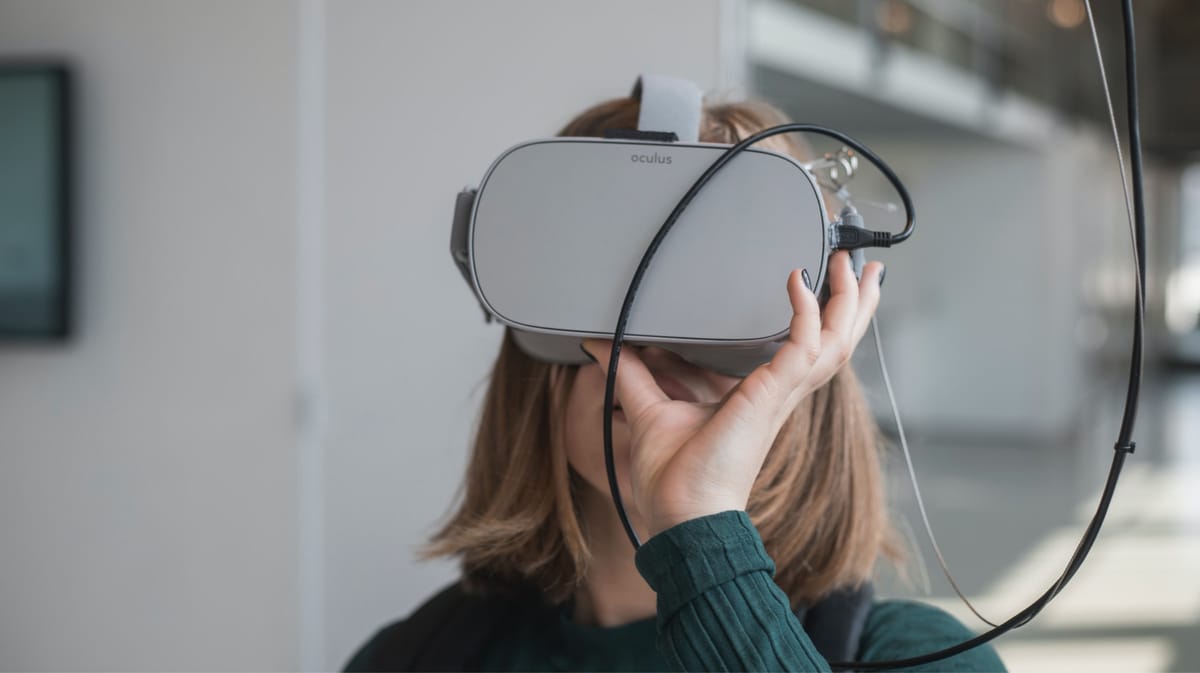In the ever-evolving world of technology, staying updated with the latest gadgets and gear can be both exhilarating and overwhelming. From smartphones that are increasingly becoming more powerful than the average laptop, to VR headsets that transport us to entirely new worlds, the pace of innovation is relentless. The importance of understanding these advancements goes beyond mere fascination; it's about recognizing how these technologies can enhance our daily lives, improve our productivity, and even transform our health and fitness routines. For those keen on diving deeper into the latest tech trends, TechCrunch offers comprehensive insights and reviews that cater to both tech enthusiasts and professionals alike.
Navigating through the myriad of new gadgets released each year, one can't help but marvel at the ingenuity and creativity of today's tech developers. Whether it's the latest drone technology that's revolutionizing photography and videography, or wearable fitness gadgets that are making personal health monitoring more accessible than ever, there's no shortage of innovations to explore. These advancements are not just about the technology itself but about the possibilities they open up for users around the globe. From simplifying complex tasks to creating more immersive entertainment experiences, the impact of these gadgets is profound.
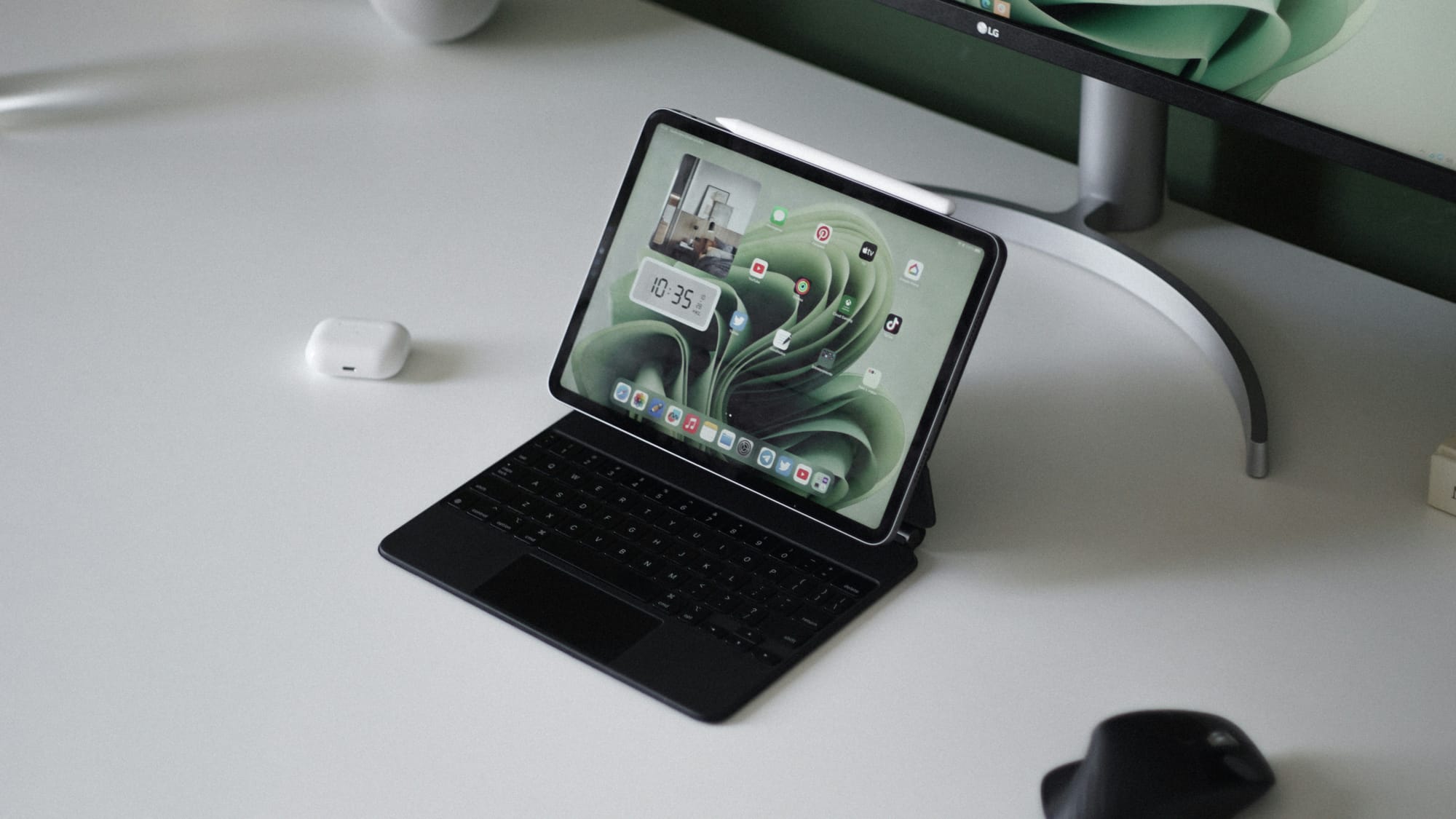
The Rise of Smart Technology
Smart technology has seamlessly integrated into our homes and lifestyles, making the "smart home" more of a reality with each passing day. Devices like smart thermostats, lights, and security systems offer a level of convenience and efficiency that was hard to imagine just a decade ago. These gadgets not only provide users with the ability to control their home environments from their smartphones but also learn from user preferences to automate tasks, thereby saving time and energy. The environmental impact is notable too, as many of these smart devices play a crucial role in reducing energy consumption and promoting sustainability.
Furthermore, the advancement in smart wearables has been nothing short of revolutionary. From smartwatches that keep us connected and manage our daily tasks to fitness trackers that monitor our health metrics and encourage a healthier lifestyle, the benefits are palpable. These devices have become our personal assistants, health coaches, and gateways to a more connected world, illustrating the profound effect technology has on our personal well-being and productivity.
Breakthroughs in Mobility and Computing
The smartphone and laptop market continues to thrive, with each new model boasting improvements in speed, battery life, and user experience. The race to create the most efficient and powerful devices has led to some incredible breakthroughs in mobile computing. Smartphones are now capable of performing tasks that were once the sole domain of desktop computers, from editing high-resolution videos to running complex applications. This shift has not only changed the way we work but has also opened up new possibilities for creativity and innovation on the go.
Laptops, on the other hand, have become lighter, faster, and more versatile, blurring the lines between laptops and tablets. The introduction of convertible and 2-in-1 devices exemplifies the industry's move towards more flexible and adaptable computing solutions. These laptops cater to a wide range of needs, from the professional looking for a powerful yet portable workstation to the student needing a device that can support both their academic and entertainment needs.
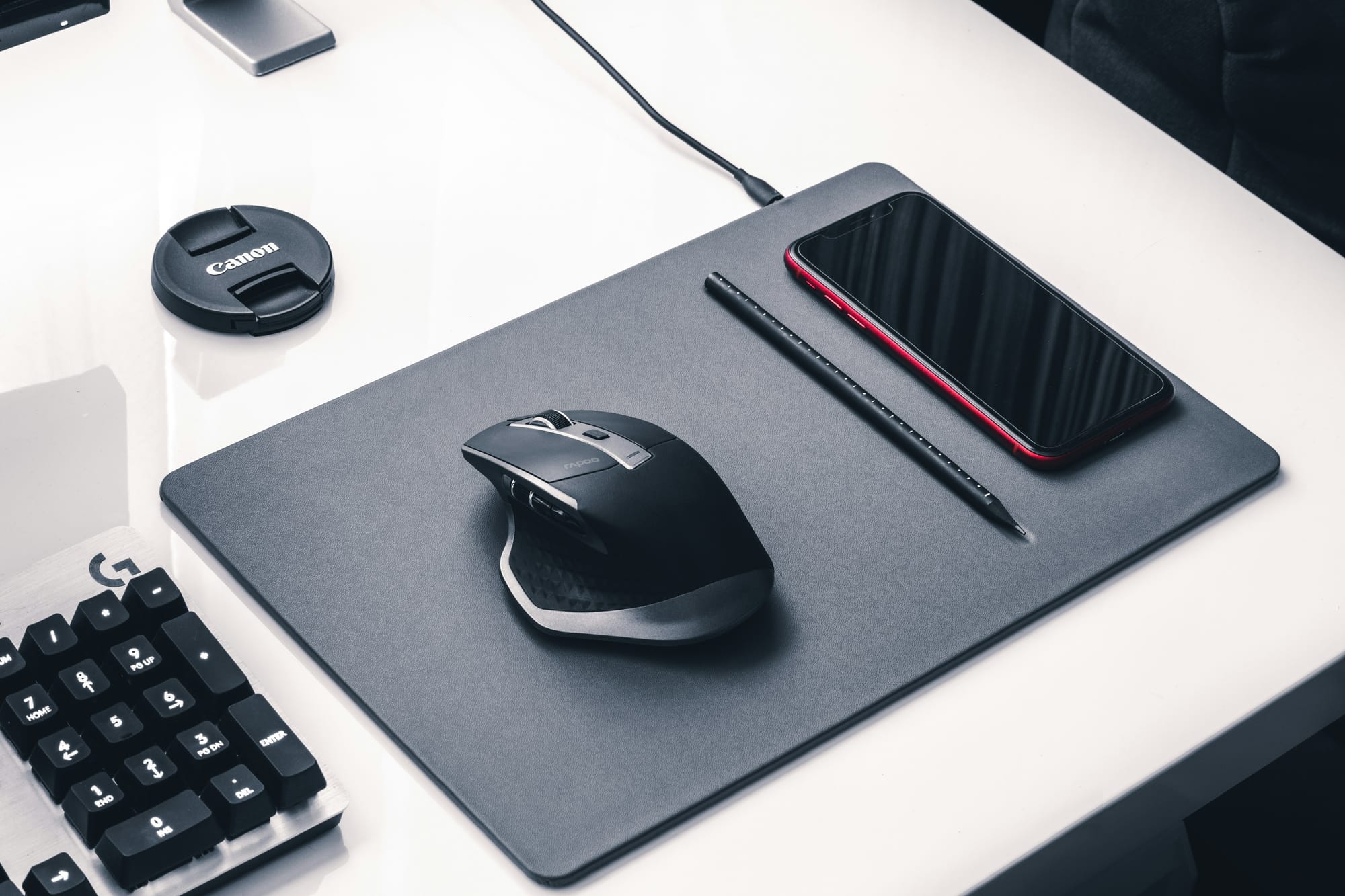
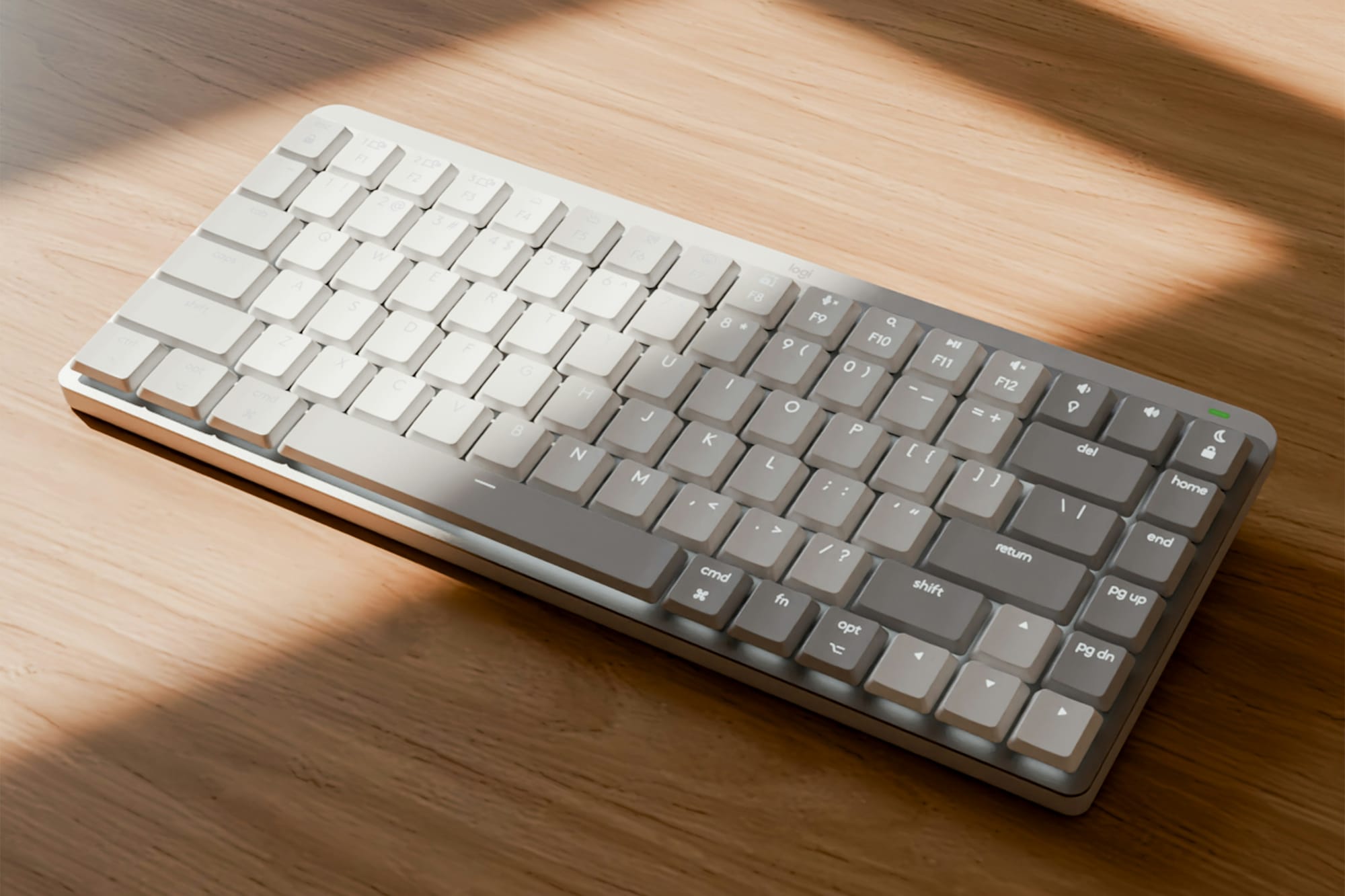
Exploring the Virtual and Augmented Realities
Virtual Reality (VR) and Augmented Reality (AR) technologies are pushing the boundaries of how we interact with digital content. VR headsets offer immersive experiences that have profound implications for gaming, education, and even therapy. The ability to transport users to completely fabricated environments or historical events opens up new avenues for learning and entertainment. Meanwhile, AR technology is finding its way into more practical applications, enhancing real-world interactions with digital overlays. From navigation apps that project directions onto the windshield to educational tools that bring textbook diagrams to life, AR is making the fusion of digital and physical worlds more seamless.
The potential of VR and AR extends beyond current applications, with ongoing research and development hinting at a future where these technologies could become as commonplace as smartphones. As developers continue to explore new ways to harness the power of VR and AR, we can expect to see even more innovative uses that could redefine our digital interactions.
In the realm of technology, the only constant is change. The gadgets and gear that fascinate us today are merely stepping stones to the next great innovations. As we continue to explore and understand these technologies, we not only become witnesses to the marvels of human ingenuity but also active participants in shaping the future of how we live, work, and connect.




